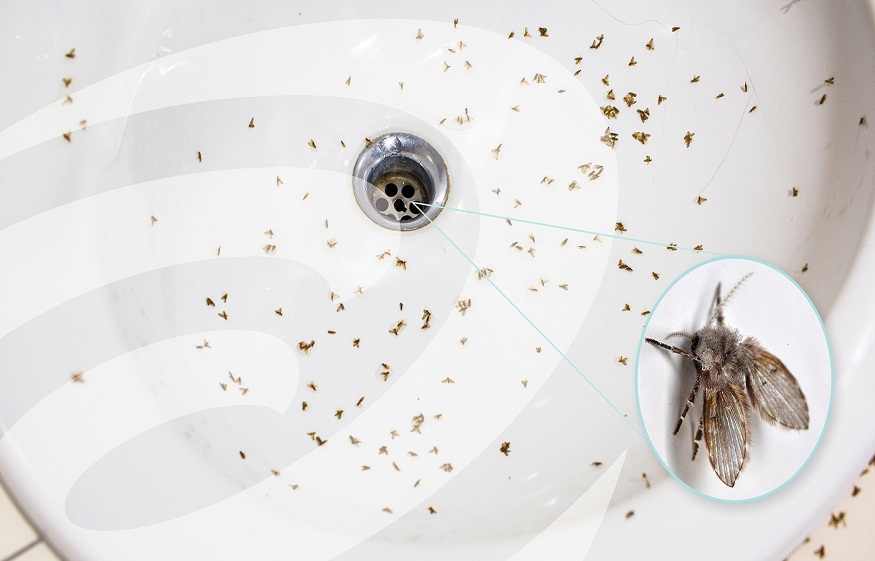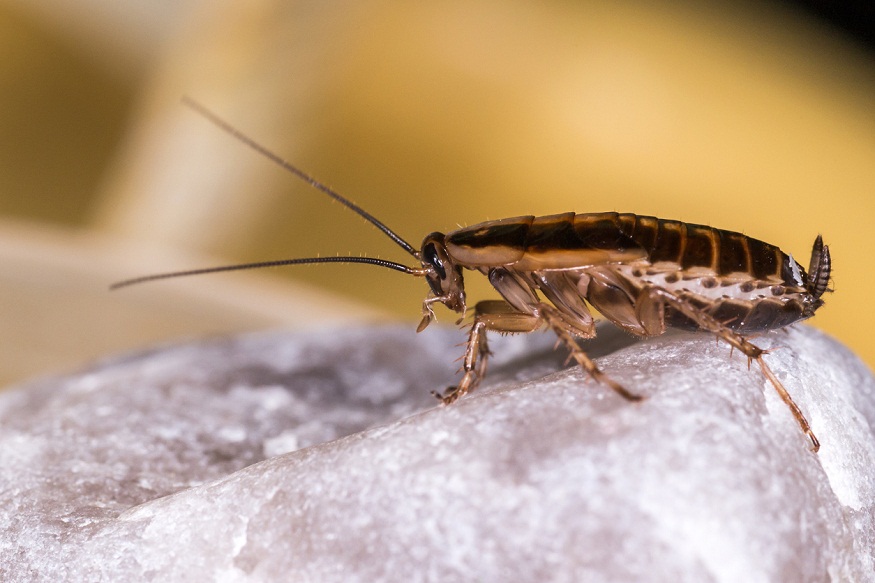Drain flies prefer to stay in filth and water in our drains and make our homes less clean and peaceful. These flies love the warm and wet climate of the countryside, so they are a far larger problem.
It is not just the frustrating buzzing, but also about healthy homes and being pest-free. It is essential to know how to eliminate drain flies for anybody who wants to live a clean and comfortable life. If you want to hire a pest control expert, you can get the Details here.
Reasons why drain flies are dangerous
These flies live straight away in shaded regions with moist, rotting organic materials, such as wet forested areas or swamps.
They are typically associated with:
- Wet compost areas
- Household drains
- Clogged gutters
- Potted plants
- Garbage cans with stagnant water
- Sewer drains and sewer treatment plants
Adult flies can survive for up to 12 days on water or blossom nectar solely. They are weak fliers and spend most of their time at rest. Larvae grow in damp conditions, passing through four instars and feeding on decomposing organic materials for around 18 days before maturing, which takes about 5 days. Their overall life span is approximately 35 days.
Drain flies often get regarded as a nuisance in the home, yet they are not necessarily disgusting. They are not attracted to human meals, cannot attack or sting humans or other creatures, and will not destroy agricultural or ornamental plants. However, they do breed in dirty environments, and their presence indicates a rich source of wet organic matter in stagnant water nearby.
In nature, they eat on organic debris, allowing them to filter water, and they are also an appealing meal for a number of small insectivorous animals, both larvae and adults.
How to get rid of them?
Whether you have to deal with an existing infestation or want to prevent one, our advice will help you with efficient ways to keep drain flies out of your home.
1. Cleaning of drains
Adults have a covering of thin water-repelling hairs that protects them from drowning. Similarly, larvae and eggs are aquatic, but they can endure periods of dehydration. To disrupt the life cycle of an infested drain, extensive cleaning and maintenance must be conducted for at least three weeks.
2. Killing them is not an option
Adult flies may swarm near openings, but killing them is not an effective control method. Aerosol pesticides designed to target “flying insects” are ineffective and must be licensed and labeled for indoor usage.
3. Putting insecticides/pesticides in the drain pipes is not an option
Since no insecticide products are licensed for use in drain or sewer networks, dropping pesticides down drains is not recommended. These treatments are unlikely to be successful against the intended pests and may cause significant damage to a sewage or septic system. Similarly, sticky fly paper and UV-light traps can catch some adult flies, but will not completely eliminate an infestation.
4. Remove food sources
For successful control, larval food sources must be removed to halt development and stop more adult flies from hatching and completing the life cycle. Sink drains, bathrooms, floor drains, tub drains, and leaking shower pans are all possible breeding areas where organic debris may collect in dark, moist situations.
I have cleaned the pipes, but infestation is still present. What is wrong?
Despite careful drain cleanliness, a continuous or repeated infestation might indicate a broken pipe or leak beneath a slab or within the crawlspace beneath the house. Drain flies are capable of reproduction in sludge in drain pipes, huge air conditioning or refrigerator drain pans, or the bases of elevator shafts where water and debris accumulate. Therefore, it is best to contact a pest control company for effective eradication.




